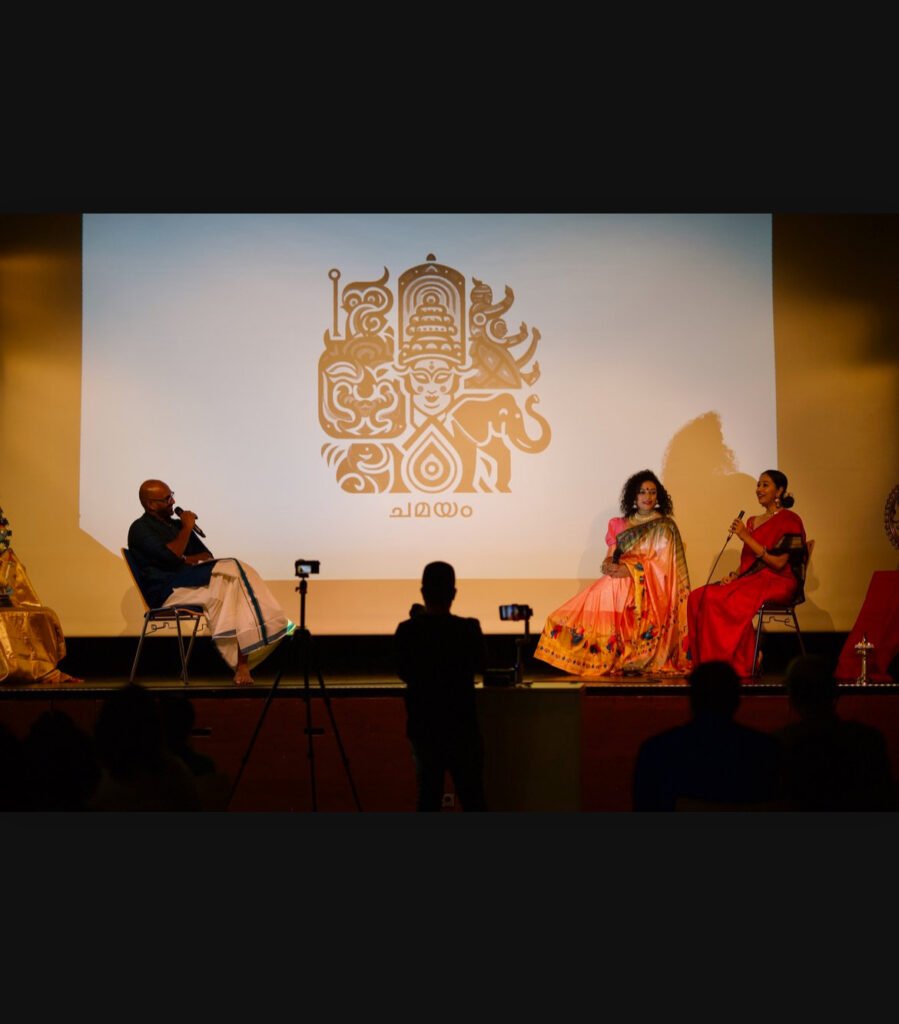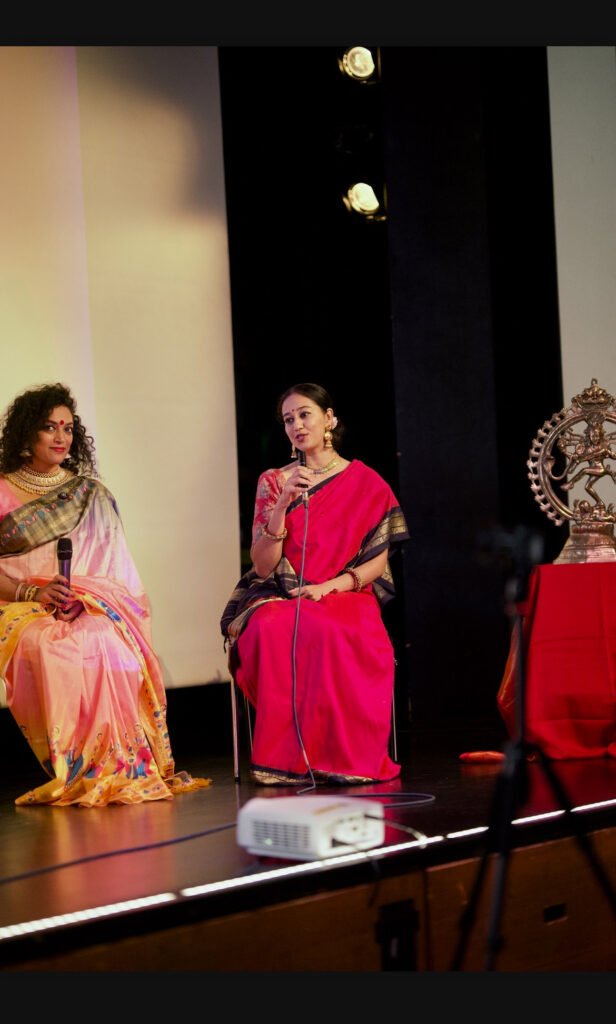Doctoral work
Bharatanāṭyam Repertoire and its Female Performers in Early Indian Cinema
Advisor: Prof. Dr. Heike Oberlin
Faculty: Philosophy
University of Tübingen
Year: 2020
Panels and conferences
Conflicting styles during revival of Bharatanāṭyam in the Indian cinematic space
Panel: Dance into Film, Film into Dance.
Dance Studies Association Conference: ‘Contra: Dance and Conflict’
University of Malta, Valletta Campus
July 2018
The revival of the south Indian classical dance form of Bharatanāṭyam in the 1930s witnessed a massive migration of Naṭṭuvanārs (dance teachers) and non-hereditary Bharatanāṭyam artists into the Indian cinematic realm that offered them enormous opportunities. Depending on the Naṭṭuvanār under whom they undergo training, every Bharatanāṭyam artist belongs to a particular Bāni or a dance style. With Naṭṭuvanārs playing the role of dance directors in films, the Bharatanāṭyam dancers have presented very traditional numbers that even form a part of the Bharatanāṭyam repertoire.
This paper probes into the conflicting Bānis of the two iconic figures in the cinema industry, Vyjayanthimala Bali and Kamala Lakshman. It was fascinating to discover two traditional numbers performed by them in the same year of 1956 in the Hindi cinema industry; an Alārippu by Vyjayanthimala Bali from the movie New Delhi and a Thillāna by Kamala Lakshman from the movie Chori Chori. A personal interview with the 85 year old actress, Vyjayanthimala Bali and from many reviews and articles of Kamala Lakshman, it is quite evident that they both had a conflict of opinion about each other’s dance styles. A comprehensive analysis of their Bharatanāṭyam techniques from the two selected dance sequences goes to prove how beautifully their individual Bānis have blossomed with outstanding creativities, mainly because of their conflicting opinions and a strong adherence to their own dancing style. Specifically, Vyjayanthimala Bali’s characteristic technique and individual accomplishments can be owed to the considerable conflict she had, against Kamala Lakshman’s Bāni.
Evolution of Classical Indian Dances
Panel discussion
Chamayam 2024
Frankfurt
This discussion touched upon topics like the narrative styles of classical dances, communication to a wider global audience, impact of technology, knowledge sharing, organizer-dancer dynamic and much more along with another artist and a connoisseur of arts.

